Although the Art-Deco Bank of Commerce building in Commerce Court is no longer the tallest structure in Toronto, it remains one of the most impressive buildings in the city and deserves recognition for its architectural excellence. Plans to erect it commenced in 1927, amid the optimism that dominated the Roaring Twenties. In that era, economic horizons appeared limitless, and the Bank of Commerce, as it was then called, wanted a headquarters that reflected its financial importance in the community. They hired the architectural firm of Darling and Pearson, assisted by the firm of York and Sawyer of New York City. Darling and Pearson also designed the Summerhill Train Station that is today an LCBO outlet.
The site of the bank tower, at 25 King Street West, was at the corner of King and Jordon Streets. The bank had occupied this site for many years. However, in the early days of the town of York, the first Methodist Church had been located there. The church was eventually to become Metropolitan United Church at Queen Street East and Church Streets.
The plaque on the Bank of Commerce Building (CIBC) today, which commemorates the historic importance of the site where the skyscraper is located. The plaque is attached to the east facade of the building, on Jordon Street. The left-hand picture is an artist’s sketch of the church of 1818.
Construction on the new bank building began on June 19, 1929. The year construction commenced, the tallest structure in Toronto was the 120-metre Royal York Hotel, the largest hotel in the British Empire. New York City’s buildings surpassed those of its neighbour to the north, so in Canada, the word “tallest” was often applied within the context of the British Empire, to give the word significance. Toronto residents watched in fascination as the tower rose, until it reached its ultimate heights of 141 metres—34 storeys. When the structure was completed in January 1931, it was the tallest building in the city and the tallest in the British Empire. It was to maintain this distinction until 1962.
The building’s steel and concrete frame was clad in limestone. Its style was mainly Art Dec, though some believed it to be more Beaux Arts. The tower contained set-backs at various levels and the facades possessed Romanesque Revival detailing, The long vertical rows of windows rose in orderly rows from above the six-story base, ascending to the top of the building.
The Bank of Commerce and its surroundings in 1931. The view looks to the northeast. The square-shaped spire of Metropolitan United Church at Queen and Church Streets is visible in the upper-left-hand corner of the picture.
King Street West looking east in 1936, toward Yonge Street. The Bank of Commerce is on the right-hand side of the street.
View in 1931, from the Observation Gallery on the 32nd floor of the Bank of Commerce, looking south to the railway lands and the Toronto Islands. The Warehouse Terminal on Queen’s Quay is the only large building beside the lake. The Harbour Commission Building sits alone, amid open spaces and parking lots. Union Station is in the right-hand bottom corner of the photo. The Observation Deck, where this photo was taken, is no longer open to the public.
View from the Observation Gallery in 1957, gazing north across the downtown area. The Old City Hall tower on the left dominates the scene. The Simpson’s Store (now The Bay) at Queen and Yonge Streets is in the foreground. The canyon of Yonge Street begins in the bottom right-hand corner of the photo. If the eye follows the street northward, the old Heintzman Piano building is visible, a short distance north of Queen Street. Further north is the Westbury Hotel, which opened the year this photo was taken, and Eaton’s College Street (now College Park). In the upper left-hand corner of the picture is the Legislature at Queen’s Park.
The Commerce Court Building on the south side of King Street West today, the view facing west along King Street toward University Avenue.
The top of the Bank of Commerce Building, where two of the massive carved-stone heads gaze out across the city. The heads represent Courage, Observation, Foresight, and Enterprise. The rich ornamentation of the towering building is also evident.
The huge banking hall on the first floor of the building, six storeys in height, the ceiling resembling a cathedral. Some sources state that it was inspired by the ancient Baths of Caracalla in Rome. The vault in the basement extends the equivalent of four storeys below ground.
The ornate ceiling of the banking hall and the support rod for the chandelier. The medallion around the rod has the words, “Integrity, Prudence, Commerce, and Industry.”
The Bank of Commerce Building today, now a part of Commerce Court, headquarters of the Canadian Imperial Bank of Commerce (CIBC).
To view the Home Page for this blog: https://tayloronhistory.com/
For more information about the topics explored on this blog:
https://tayloronhistory.com/2016/03/02/tayloronhistory-comcheck-it-out/
Books by the Blog’s Author
“Toronto’s Theatres and the Golden Age of the Silver Screen,” explores 50 of Toronto’s old theatres and contains over 80 archival photographs of the facades, marquees and interiors of the theatres. It relates anecdotes and stories by the author and others who experienced these grand old movie houses.
To place an order for this book, published by History Press:
Book also available in most book stores such as Chapter/Indigo, the Bell Lightbox and AGO Book Shop. It can also be ordered by phoning University of Toronto Press, Distribution: 416-667-7791 (ISBN 978.1.62619.450.2)
Another book on theatres, published by Dundurn Press, is entitled, “Toronto’s Movie Theatres of Yesteryear—Brought Back to Thrill You Again.” It explores 81 theatres and contains over 125 archival photographs, with interesting anecdotes about these grand old theatres and their fascinating histories. Note: an article on this book was published in Toronto Life Magazine, October 2016 issue.
For a link to the article published by Toronto Life Magazine: torontolife.com/…/photos-old-cinemas-doug–taylor–toronto-local-movie-theatres-of-y…
The book is available at local book stores throughout Toronto or for a link to order this book: https://www.dundurn.com/books/Torontos-Local-Movie-Theatres-Yesteryear
Another publication, “Toronto Then and Now,” published by Pavilion Press (London, England) explores 75 of the city’s heritage sites. It contains archival and modern photos that allow readers to compare scenes and discover how they have changed over the decades.
Note: a review of this book was published in Spacing Magazine, October 2016. For a link to this review:
spacing.ca/toronto/2016/09/02/reading-list-toronto-then-and-now/
For further information on ordering this book, follow the link to Amazon.com here or contact the publisher directly by the link below:
http://www.ipgbook.com/toronto–then-and-now—products-9781910904077.php?page_id=21
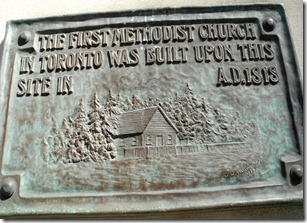
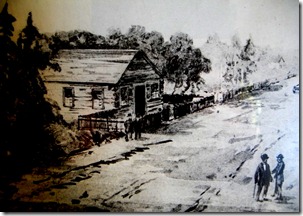
![f1244_it3181[1] 1930 f1244_it3181[1] 1930](https://tayloronhistory.com/wp-content/uploads/2013/02/f1244_it31811-1930_thumb.jpg)
![f1231_it0081[1] 1936 f1231_it0081[1] 1936](https://tayloronhistory.com/wp-content/uploads/2013/02/f1231_it00811-1936_thumb.jpg)
![f1568_it0456[1]view from tower-1930 f1568_it0456[1]view from tower-1930](https://tayloronhistory.com/wp-content/uploads/2013/02/f1568_it04561view-from-tower-1930_thumb.jpg)
![s0648_fl0007_id0001[1] view from B of C, 1957 s0648_fl0007_id0001[1] view from B of C, 1957](https://tayloronhistory.com/wp-content/uploads/2013/02/s0648_fl0007_id00011-view-from-b-of-c-1957_thumb.jpg)
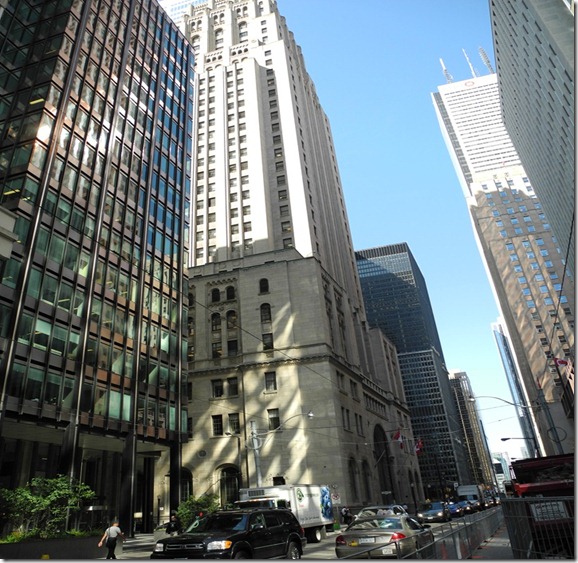
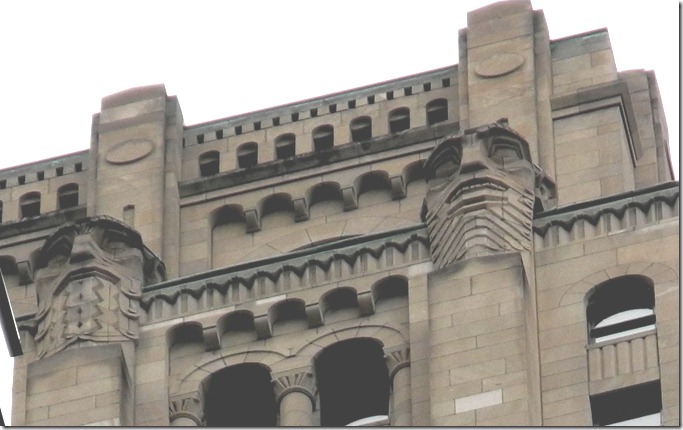
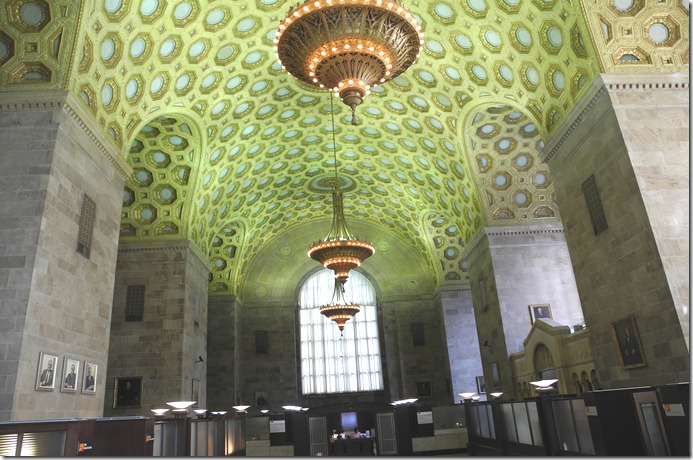
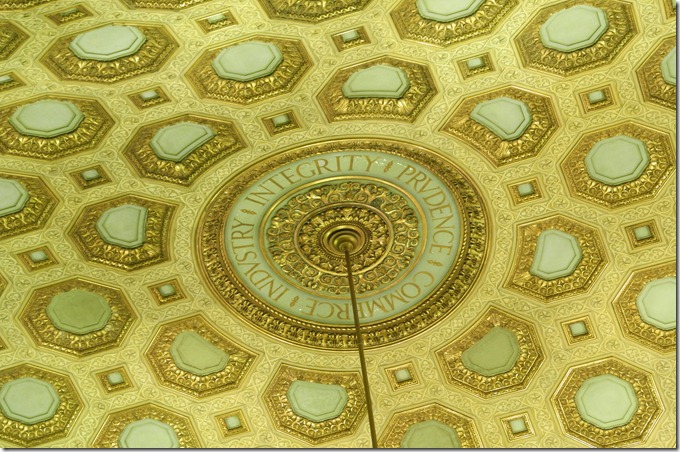
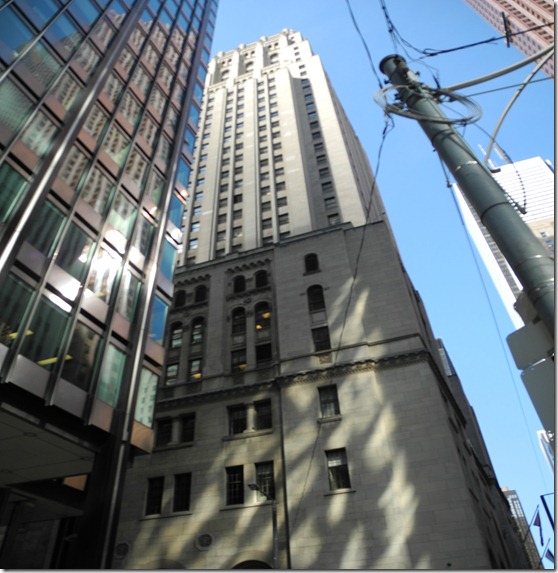
![cid_E474E4F9-11FC-42C9-AAAD-1B66D852[1] cid_E474E4F9-11FC-42C9-AAAD-1B66D852[1]](https://tayloronhistory.com/wp-content/uploads/2017/05/cid_e474e4f9-11fc-42c9-aaad-1b66d8521_thumb1.jpg)
![image_thumb6_thumb_thumb_thumb_thumb[1] image_thumb6_thumb_thumb_thumb_thumb[1]](https://tayloronhistory.com/wp-content/uploads/2017/05/image_thumb6_thumb_thumb_thumb_thumb1_thumb1.png)



One thought on “Toronto’s architectural gems—the Bank of Commerce (CIBC) on King Street”